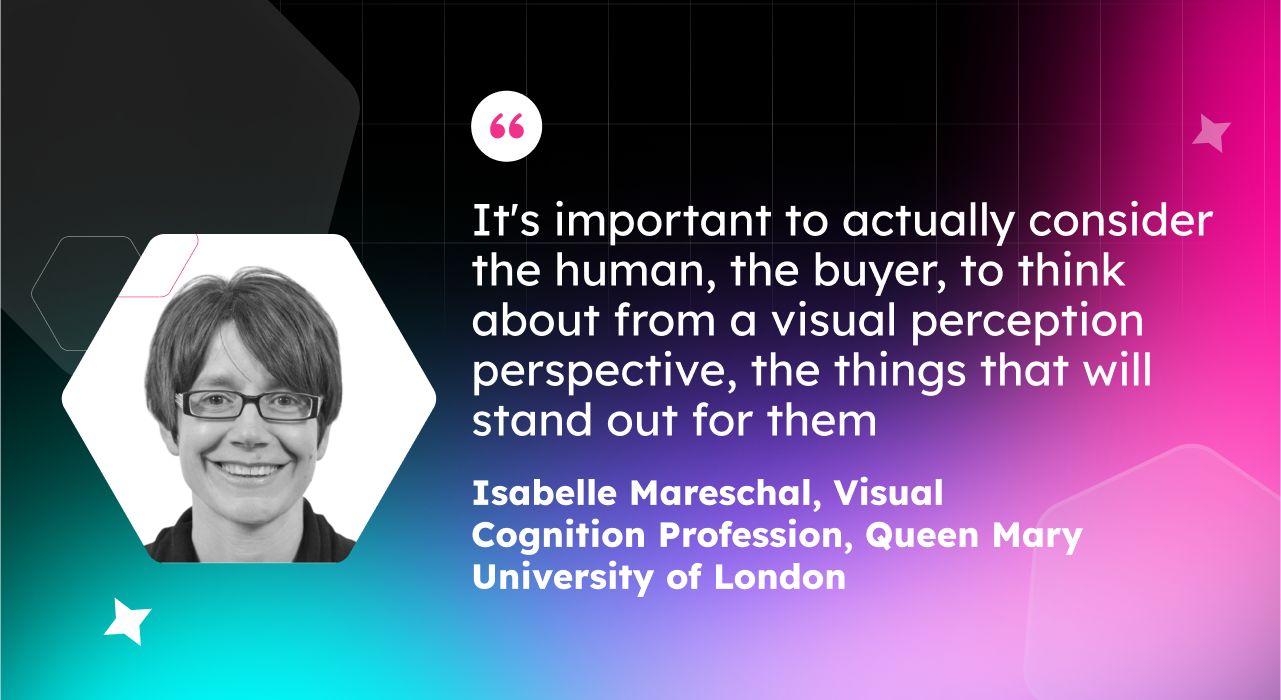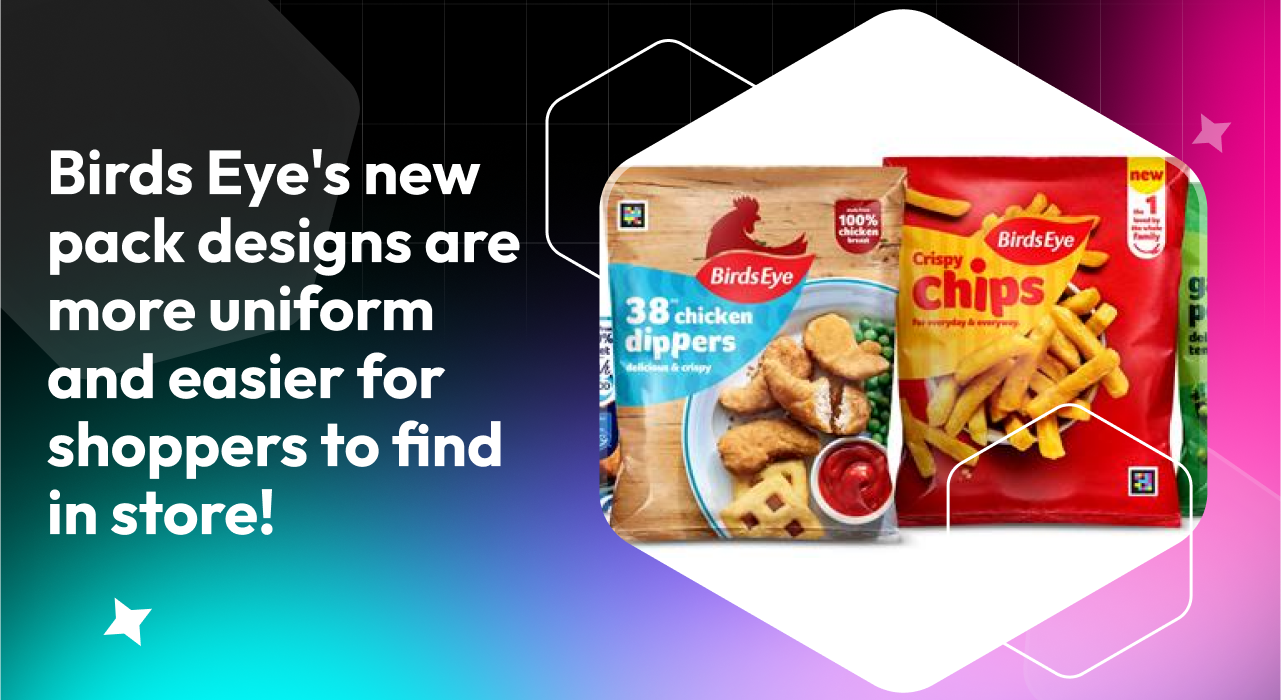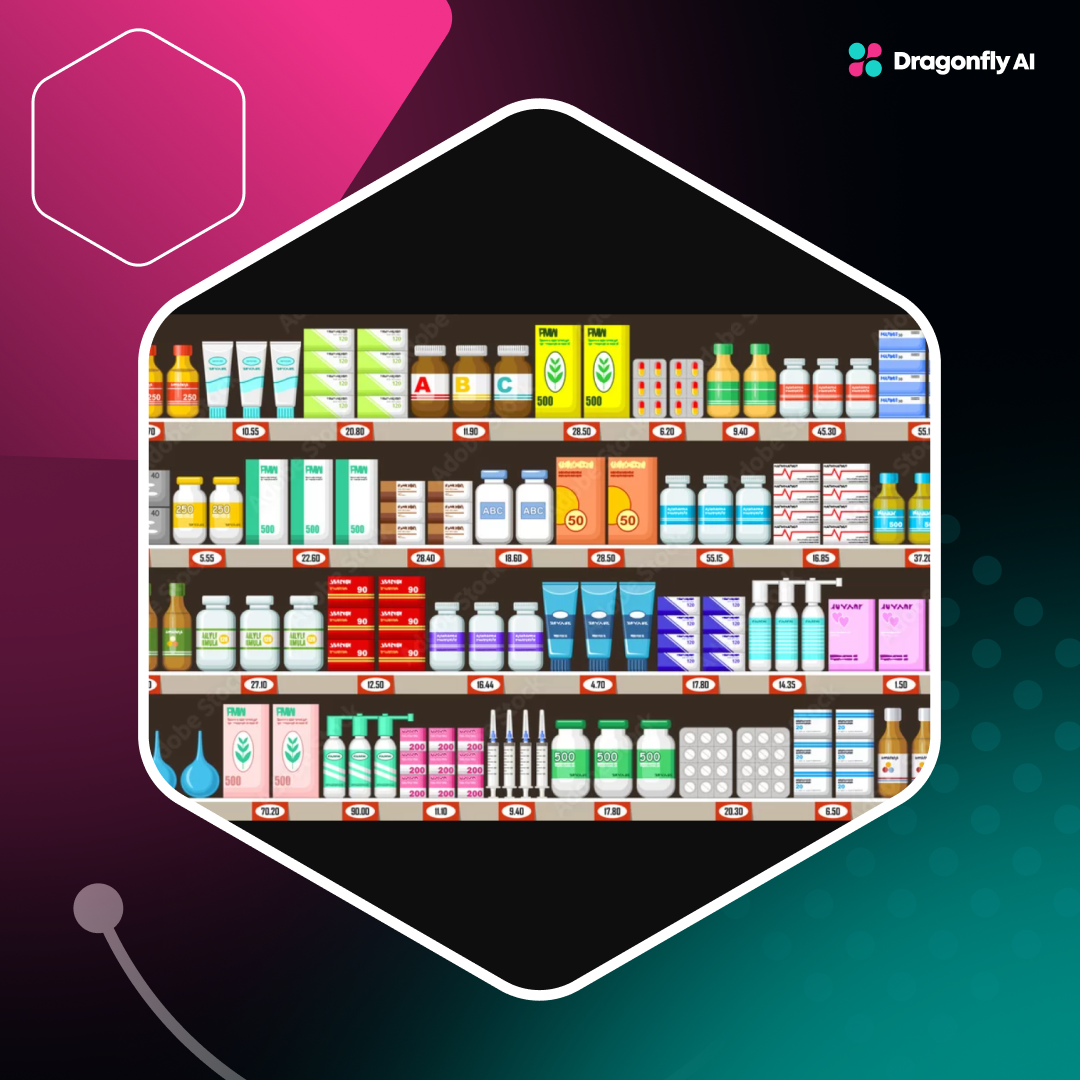Walk into any successful retail store, and you'll notice something beyond the products on the shelves. There's an art to how everything is arranged, lit and presented. This is visual merchandising in effect, and it's far more than just making things look pretty.
Here, we look at why visual merchandising is so important and what it means to your brand.
Understanding the basics of visual merchandising
Visual merchandising is the strategic presentation of products to enhance their appeal and increase sales. But it goes beyond just arranging items on shelves. Visual merchandising encompasses your entire store environment, from layout and lighting to signage and atmosphere.
It's important to distinguish visual merchandising from related concepts like display merchandising or general store layout. While display merchandising focuses specifically on product presentation, and store layout deals with traffic flow, visual merchandising ties all these elements together to create a cohesive shopping experience that tells your brand's story.
Key elements of visual merchandising
Let's take a look at the key components that make up effective visual merchandising:
Product placement
Product placement is as much positioning them strategically to improve their desirability as it is about making products visible. Think about how grocery stores place impulse buy items near the checkout, or how clothing stores create outfit displays to inspire purchases.
Store design
Your layout, lighting, signage and overall atmosphere all play central roles to great visual merchandising. They set the mood and guide customers through your space. A well-designed store can lead customers on a journey, showcasing your best products along the way.
.png?width=1281&height=700&name=Blog%20image%2010%20(1).png)
Color theory, themes, and focal points
These elements work together to guide customer attention and create a cohesive shopping experience. Color psychology can influence mood and buying behavior, while themed displays tell a story that resonates with shoppers.
Visual merchandising as a strategic tool
Here's where visual merchandising really gets interesting and shows its worth. When done right, it becomes an enabler that aligns with your overall brand strategy and marketing campaigns.
Think about how your visual merchandising can
- Reinforce your latest ad campaign
- Highlight a new product line
- Communicate your brand values
And when you maintain consistency across different retail locations, you're building a strong, recognizable brand identity that customers can connect with wherever they encounter you.
The role of visual merchandising in driving sales and customer engagement
Knowing about the benefits of visual merchandising and how it works is one thing, but what role does it actually play in sales and customer engagement?
The impact of visual displays on customer behavior
Good visual merchandising influences consumer buying decisions and encourages impulse purchases. There's science behind this—color psychology, product grouping, and storytelling through merchandising all play a role in guiding customer behavior.
For example, studies have shown that warm colors like red can create a sense of urgency, potentially driving quicker purchase decisions. Cool colors like blue, on the other hand, can create a sense of trust and calm, which might be more appropriate for high-value purchases where customers need to feel confident in their decision.

Enhancing customer experience
Effective visual merchandising creates an engaging and immersive in-store experience. It encourages customers to interact with products, which increases the likelihood of a purchase. Think about how Apple stores are designed. Products are displayed on open tables, inviting customers to pick them up, try them out, and imagine owning them.
Creating emotional connections with shoppers
Great visual merchandising communicates your brand identity and resonates emotionally with customers. Take Anthropologie, for example. Its whimsical, bohemian displays transport customers into a lifestyle they aspire to as much as they do showcase products. As a result, you get an emotional connection that fosters brand loyalty and repeat purchases.
Key techniques and best practices in visual merchandising
From window displays to the right lighting, there are several ways to make visual merchandising truly pop for your brand and get eyes on your products.
Window displays are the first point of contact
Your window display is often the first point of contact with potential customers. It needs to be eye-catching enough to draw people in. Think of it as your store's handshake.
Some retailers, like Bergdorf Goodman in New York, have turned their window displays into an art form. Its holiday windows are so spectacular that they've become a tourist attraction in their own right. While you might not have Bergdorf's budget, the principle remains the same: use your window display to tell a story and create intrigue.
Product grouping and zoning
Once customers are in your store, guide them through with smart product grouping. Arrange items by categories, themes, or promotions. Not only does this make it easier for customers to find what they're looking for, but it also exposes them to related products they might not have considered.
Cross-merchandising is a helpful technique here. By pairing complementary products, you can increase average transaction value. For instance, a kitchenware store might display a high-end blender next to recipe books for smoothies and healthy eating.
Lighting, color, and texture
These elements set the mood of your store. Use lighting to create ambiance and highlight key products. Play with color and texture to enhance product appeal and convey messages.
Luxury brands often use soft, warm lighting to create an intimate atmosphere and make products look more appealing. Fast fashion retailers, on the other hand, might use brighter lighting to create a more energetic environment.
Seasonal and thematic displays
Keep things fresh by using seasonal themes and trends. With this approach, customers have a reason to come back regularly and can help you tap into holiday spending. But don't limit yourself to just the major holidays—think about other seasonal events or themes that might resonate with your target audience.
The importance of data in visual merchandising
In today's digital age, data is king—even in visual merchandising. The numbers show the why and help inform your decision making so you can create visual merchandising displays that hit all the right notes with customers.
Data-driven merchandising decisions
Use consumer insights and data analytics to inform your strategies. Sales data, foot traffic patterns, and behavioral analytics can all help improve your displays for maximum effectiveness.
For instance, heat mapping technology can show you which areas of your store get the most foot traffic, helping you decide where to place your most important displays. Similarly, sales data can identify which products to highlight and which might need a boost from better placement or presentation.
Testing and measuring the success of visual merchandising
Don't be afraid to experiment. Try A/B testing with different arrangements to see what works best. And always keep an eye on your KPIs: sales uplift, dwell time, and customer engagement metrics will tell you if your visual merchandising is hitting the mark.
The importance of visual merchandising in digital and omnichannel retail
Visual merchandising isn't just for brick-and-mortar stores anymore. With so much consumer traffic taking place online, you’ll need to have a plan in place to convert visitors browsing your website into customers buying everything from small to big-ticket items.
Bridging the gap between physical and digital stores
The principles of visual merchandising translate to online retail too. Think about your digital storefront, product curation, and web design. The goal is creating a seamless visual experience across all channels—that's what we call phygital (physical + digital) merchandising.
For example, beauty retailer Sephora guarantees a consistent visual experience across its physical stores, website, and mobile app. Products are grouped similarly, and the black and white color scheme is maintained across all platforms.
Augmented reality and virtual merchandising
AR is changing visual merchandising by offering virtual product displays and immersive shopping experiences. Imagine letting customers see how furniture would look in their home before they buy. That's the power of AR in retail, and it’s already happening.
IKEA's Place app is a great example of this technology in action. It lets customers virtually place IKEA products in their own spaces. The result is more confidence in their purchasing decisions, which reduces the possibility of returns.
Adapting visual merchandising for different retail formats
One size doesn't fit all in visual merchandising. Different retail formats require different approaches depending on the setup of your space.
Visual merchandising in large vs. small retail spaces
In large department stores, focus on zoning, creating focal points and distinct product areas. For example, Macy's uses clear zoning in its large stores, with distinct areas for different departments. In contrast, a small local boutique might use every available space creatively, even turning vertical wall space into display areas.
It enhances the space and creates intimacy through your displays for a more curated and atmosphere that aligns with the personal touch and exclusivity boutiques are known for.
Customizing visual merchandising for different product categories
Tailor your approach based on what you're selling. Fashion, electronics, grocery, and luxury goods all require different visual merchandising strategies.

A high-end jewelry store, for instance, might use individual spotlighting and low-density displays to create a sense of exclusivity. A discount store, on the other hand, might pack products densely to create a treasure hunt atmosphere that encourages browsing.
Sustainability in Visual Merchandising
Sustainability is no longer a buzzword to make a brand sound like it’s taking action. It has become increasingly important in visual merchandising.
Shoppers look for brands taking this approach, with 12% of consumers saying they’re more loyal to a brand that has sustainable practices in place. Plus, 44% of customers are more likely to purchase from brands with a strong commitment to sustainability.
Eco-friendly visual merchandising practices
Consider using recyclable materials, eco-friendly display setups, and reducing waste. Yes, it’s good for the planet, and that’s the whole point, but it also aligns with consumer values and can boost your brand image.
Lush Cosmetics, for example, uses product displays that highlight its package-free products, reinforcing their commitment to sustainability. The brand has even turned its visual merchandising into a statement, with in-store signage educating customers about environmental issues.
How visual merchandising reflects and reinforces brand identity
See to it that your visual merchandising conveys your brand values and story consistently across all your stores, as it reinforces your brand perception and builds customer loyalty.
Think about how you can instantly recognize an Anthropologie store or an Apple store, regardless of its location. That's the power of consistent visual branding. Every element, from the layout to the signage to the way products are displayed, reinforces the brand identity.
Visual merchandising is also more than just making your store look good. You want to create an experience that drives foot traffic while enhancing customer engagement and ultimately improving sales.
By adopting data-driven, creative visual merchandising strategies, you're setting yourself up for long-term success. And as technology, consumer insights, and sustainability continue to shape the retail landscape, visual merchandising will only become more important.
Looking forward: the future of visual merchandising
As we look to the future, expect visual merchandising to become even more personalized and tech-driven. Imagine displays that change based on who's looking at them, or AR experiences that turn shopping into an immersive game.
We're also likely to see a greater emphasis on sustainability in visual merchandising. As consumers become more environmentally conscious, retailers who can showcase their eco-friendly credentials through their visual merchandising will have an edge.
The rise of experiential retail is another trend to watch. In an effort to compete with the ease of shopping online, stores are increasingly becoming destinations in their own right, offering experiences that can't be replicated online. Visual merchandising will play a crucial role in creating these immersive, shareable experiences.
Summing up: Visual merchandising
When done right, visual merchandising can transform your store from a simple point of sale into an immersive brand experience that drives customer engagement and boosts your bottom line. So take a fresh look at your visual merchandising strategy, as you might just be on the cusp on something special.


.png?width=1281&height=700&name=Blog%20image%2010%20(1).png)


